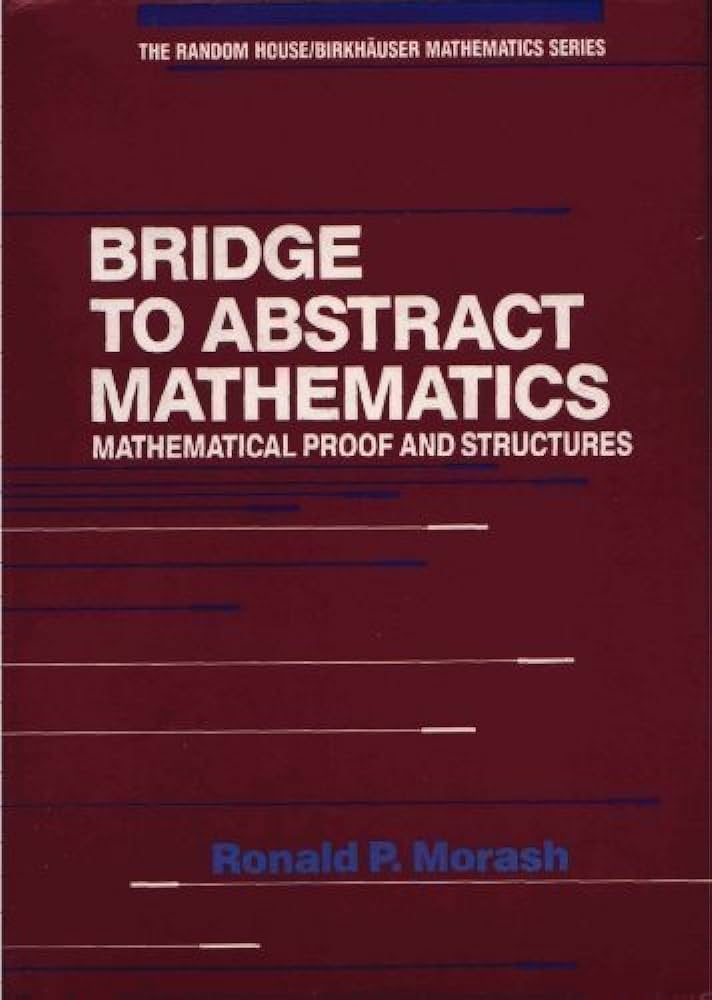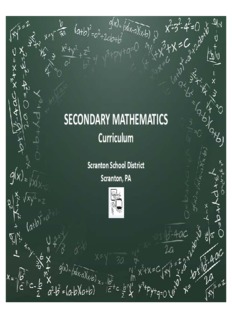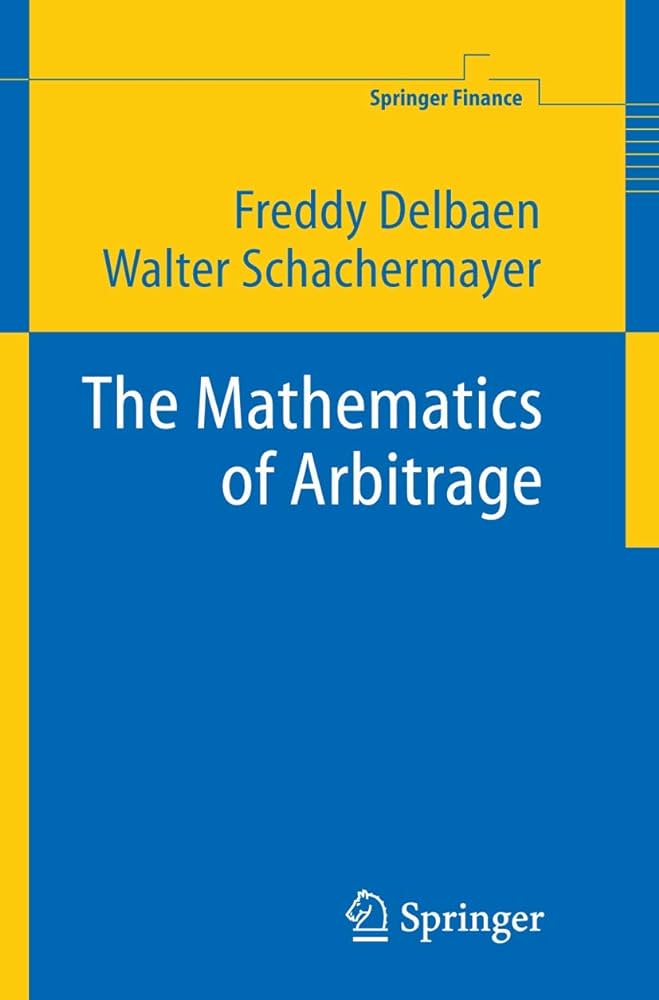Description
Welcome to the Teacher’s Edition of Geometry, a comprehensive guide designed to aid educators in instructing students in the fascinating world of geometric concepts and principles. This edition is meticulously crafted to provide teachers with the necessary tools, resources, and insights to effectively engage students in geometry and enable them to develop a solid understanding of geometric relationships and problem-solving skills.
Chapter Summaries:
- Foundations of Geometry: This chapter lays the groundwork for understanding the fundamental principles of geometry. It introduces key concepts such as points, lines, angles, and planes, providing clear explanations and examples to help teachers convey these abstract ideas to students. Additionally, foundational theorems and postulates are presented as the building blocks for further exploration in subsequent chapters.
- Deductive Reasoning: Deductive reasoning is a crucial skill in geometry. It allows students to make logical conclusions based on given information. This chapter delves into the principles of deductive reasoning, including using proofs and rational arguments to establish the validity of geometric statements. Teachers can help students hone their deductive reasoning skills through guided exercises and activities and become proficient problem solvers.
- Parallel and Perpendicular Lines: Understanding the properties of parallel and perpendicular lines is essential in geometry. This chapter explores the relationships between these types of lines, including theorems related to parallel line angles, transversals, and perpendicular bisectors. Teachers will find a variety of instructional strategies and practice problems to reinforce these concepts and help students grasp their significance in geometric constructions and applications.
- Triangles and Congruence: Triangles are fundamental geometric shapes with numerous properties and characteristics. In this chapter, teachers will guide students through the study of triangle congruence, exploring methods such as side-angle-side (SAS), angle-side-angle (ASA), and side-side-side (SSS) to determine when triangles are congruent. Additionally, special triangles and their properties, including equilateral, isosceles, and right triangles, are examined to deepen students’ understanding of triangle geometry.
- Quadrilaterals and Polygons: Quadrilaterals and polygons represent geometric figures with distinct properties and attributes. This chapter delves into the classification of quadrilaterals based on their sides and angles, including parallelograms, rectangles, rhombuses, and trapezoids. Through interactive activities and problem-solving tasks, teachers will guide students in identifying and applying the properties of these polygons, fostering a deeper appreciation for the diversity of geometric shapes.
- Circles and Circular Reasoning: Circles are ubiquitous in geometry, presenting unique properties and relationships that students must master. This chapter explores the anatomy of circles, including the definitions of chords, secants, tangents, and central angles. Teachers will assist students in applying circle theorems to solve problems involving arcs, angles, and segment lengths, enabling them to navigate complex geometric scenarios confidently.
- Transformations and Symmetry: Transformations play a vital role in geometric problem-solving, allowing students to manipulate shapes in various ways. This chapter introduces transformations such as translations, reflections, rotations, and dilations and explores their effects on geometric figures. Teachers will guide students in identifying symmetry in shapes and understanding the symmetry properties of geometric transformations, facilitating deeper insights into geometric patterns and relationships.
- Measurement and Area: Measurement is an integral aspect of geometry, encompassing concepts such as length, perimeter, area, and volume. This chapter examines methods for measuring geometric quantities, including formulas for calculating the perimeter and area of polygons, circles, and composite figures. To reinforce measurement concepts and enhance spatial reasoning skills, teachers will engage students in hands-on activities and real-world applications.
- Solid Geometry: Solid geometry expands upon the concepts of two-dimensional geometry to encompass three-dimensional shapes and figures. This chapter explores the properties of prisms, pyramids, cylinders, cones, and spheres, examining their volume, surface area, and spatial relationships. Teachers will guide students in visualizing and manipulating solid figures, fostering a deeper understanding of three-dimensional geometry and its applications in engineering, architecture, and design.
- Coordinate Geometry: Coordinate geometry integrates algebraic techniques with geometric concepts, providing a powerful framework for analyzing geometric figures. This chapter introduces the Cartesian coordinate system and explores methods for representing and graphing geometric shapes in the coordinate plane. Teachers will assist students in solving geometric problems using distance and midpoint formulas, slope calculations, and line equations, bridging the gap between algebra and geometry.
Conclusion: Geometry: Teacher’s Edition is a comprehensive resource designed to support educators in delivering high-quality instruction in geometry. With its clear explanations, engaging activities, and ample practice opportunities, this edition empowers teachers to foster a deep understanding of geometric concepts and skills in their students. By leveraging the strategies and resources provided in this edition, teachers can inspire curiosity, critical thinking, and problem-solving abilities in geometry, preparing students for success in mathematics and beyond.






Alh –
the Geometry Teacher’s Edition book to any educator looking to elevate their geometry instruction. Its well-organized structure, clear explanations, and extensive array of resources empower teachers to create dynamic lessons that cater to diverse learning styles. This book has revolutionized the way I teach geometry and has had a profound impact on my students’ understanding of the subject.
Christianah –
The Geometry Teacher’s Edition book is a game-changer for educators. Its user-friendly layout, rigorous content, and thoughtful pedagogy make it an indispensable tool for teaching geometry. Whether you’re a seasoned math teacher or a new instructor, this book provides the support and guidance needed to help students succeed in mastering geometric concepts.
Franca –
I have been using the Geometry Teacher’s Edition book for several years now, and I continue to be impressed by its depth and clarity. The detailed lesson plans, supplementary materials, and suggested activities have greatly enhanced my teaching. This book has become my go-to resource for planning engaging and effective geometry lessons.
Tayo –
The Geometry Teacher’s Edition book is an invaluable resource for educators. Its clear explanations, comprehensive coverage of topics, and wealth of teaching aids make it an essential tool for guiding students through the complexities of geometry. As a teacher, I appreciate how it helps me effectively convey mathematical concepts and engage my students in meaningful learning experiences.
Rabiatu –
The Geometry Teacher’s Edition book is a game-changer for educators. Its user-friendly layout and comprehensive coverage of geometry topics make lesson planning a breeze. The inclusion of differentiated instruction strategies ensures that all students can access the material at their own pace and level of understanding. I also appreciate the online resources and support materials provided, which further enhance the learning experience.
Chinasa –
As a geometry teacher, I have found the Teacher’s Edition book to be an indispensable resource in my classroom. The detailed lesson plans, along with the variety of teaching strategies and assessment tools, have greatly enhanced my instruction. I particularly appreciate the inclusion of real-world applications and enrichment activities, which help students develop a deeper understanding of geometric concepts.
Eric –
The Geometry Teacher’s Edition book is an invaluable resource for educators. Its comprehensive coverage of geometry concepts, accompanied by clear explanations and helpful examples, makes it an essential tool for teaching this subject effectively. I appreciate the thoughtful organization and the wealth of supplementary materials provided, which enhance lesson planning and student engagement.